A new study has revealed that customer foot traffic has declined in various fast-food restaurants in California ever since the Golden State’s $20 minimum wage law went into effect on April 1.
California’s minimum wage law has been heavily criticized by leaders in the fast food industry, as they’ve claimed that this labor law will harm their overall business. Now, this study has shown a new surprising way this law has changed customer behavior throughout the state.
California’s $20 Minimum Wage Law

On April 1, California’s new minimum wage law — which requires fast food workers to be paid at least $20 an hour — went into effect, despite frequent criticism from business owners.
The state pushed for this legislation, as fast food workers and labor unions fought for employees to make more money, especially as California’s cost of living continues to skyrocket.
Immediate Consequences
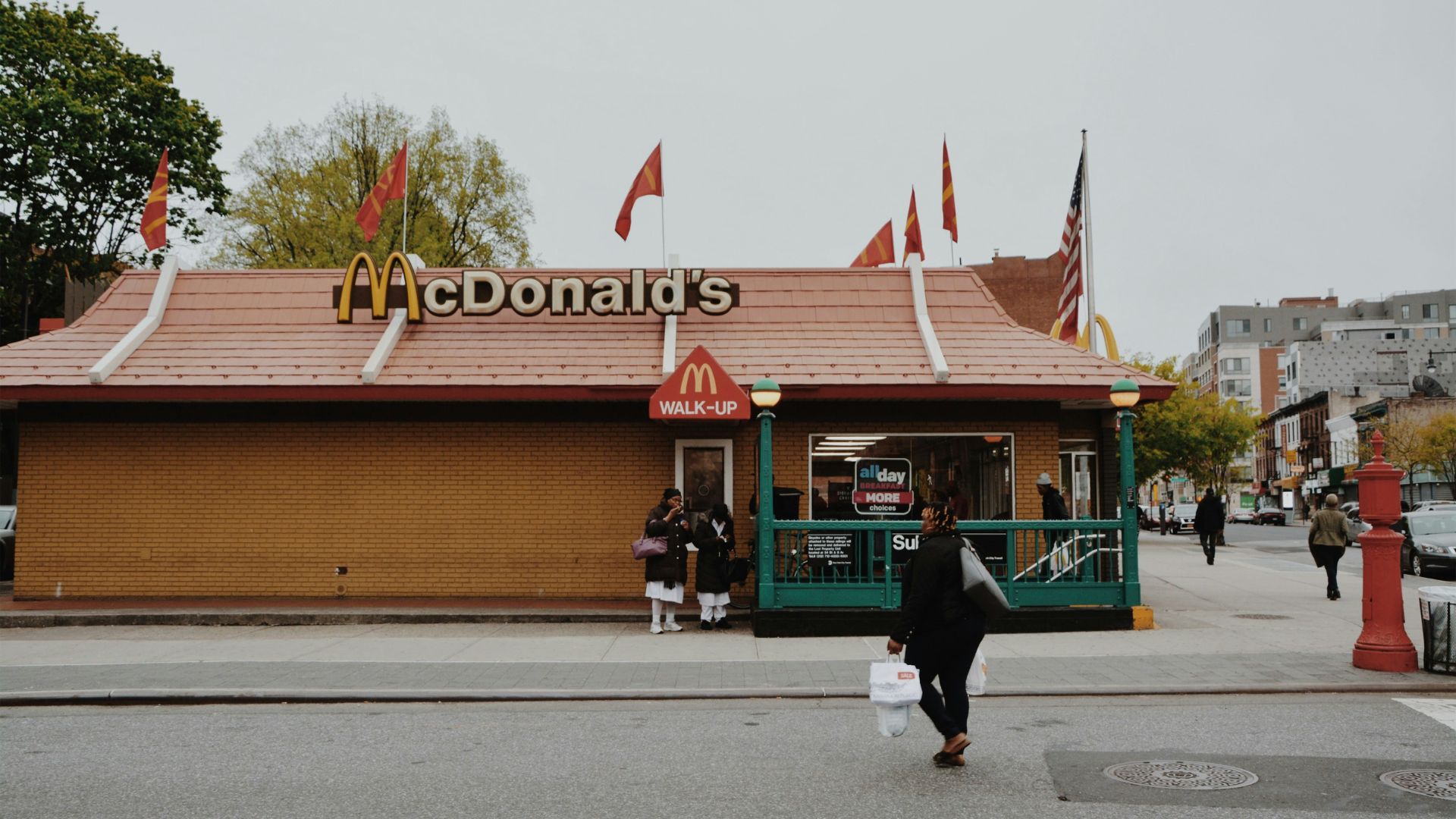
Once this law fully went into effect, immediate consequences could be seen up and down the coast of California.
Some fast food eateries laid off certain workers in order to pay higher wages to others. Others have invested more money in automation. Unfortunately, many fast food spots even ended up shutting their doors for good, as they claimed they couldn’t find the money to survive with this new law.
Menu Prices Increase
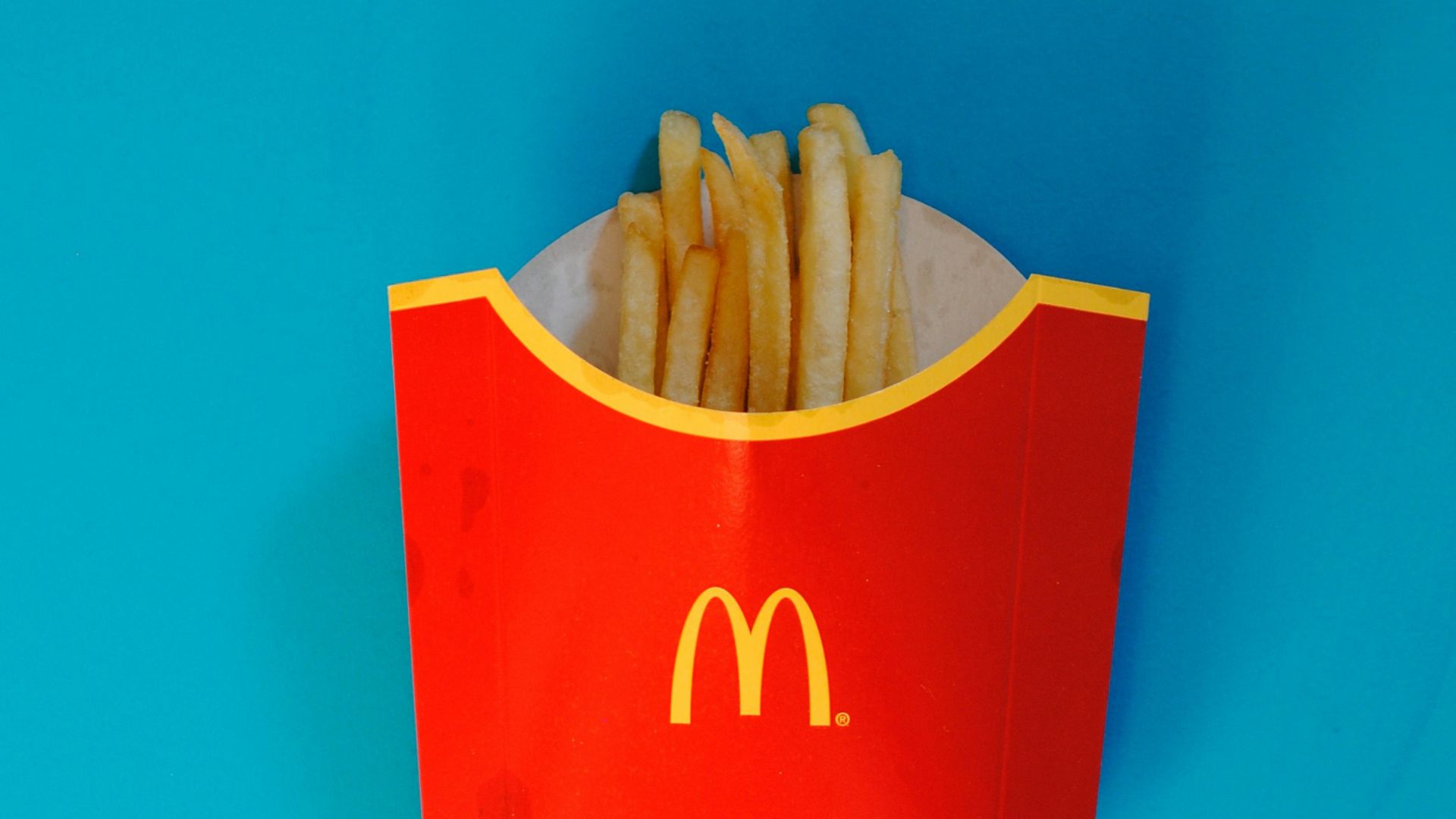
Raising menu prices has become one of the most common ways fast food owners have dealt with this new minimum wage law.
As they need to pay their employees more, these business owners have decided to raise the prices of their menu items in order to ensure they have this extra money for labor and continue to make a profit.
Affecting Customer Traffic
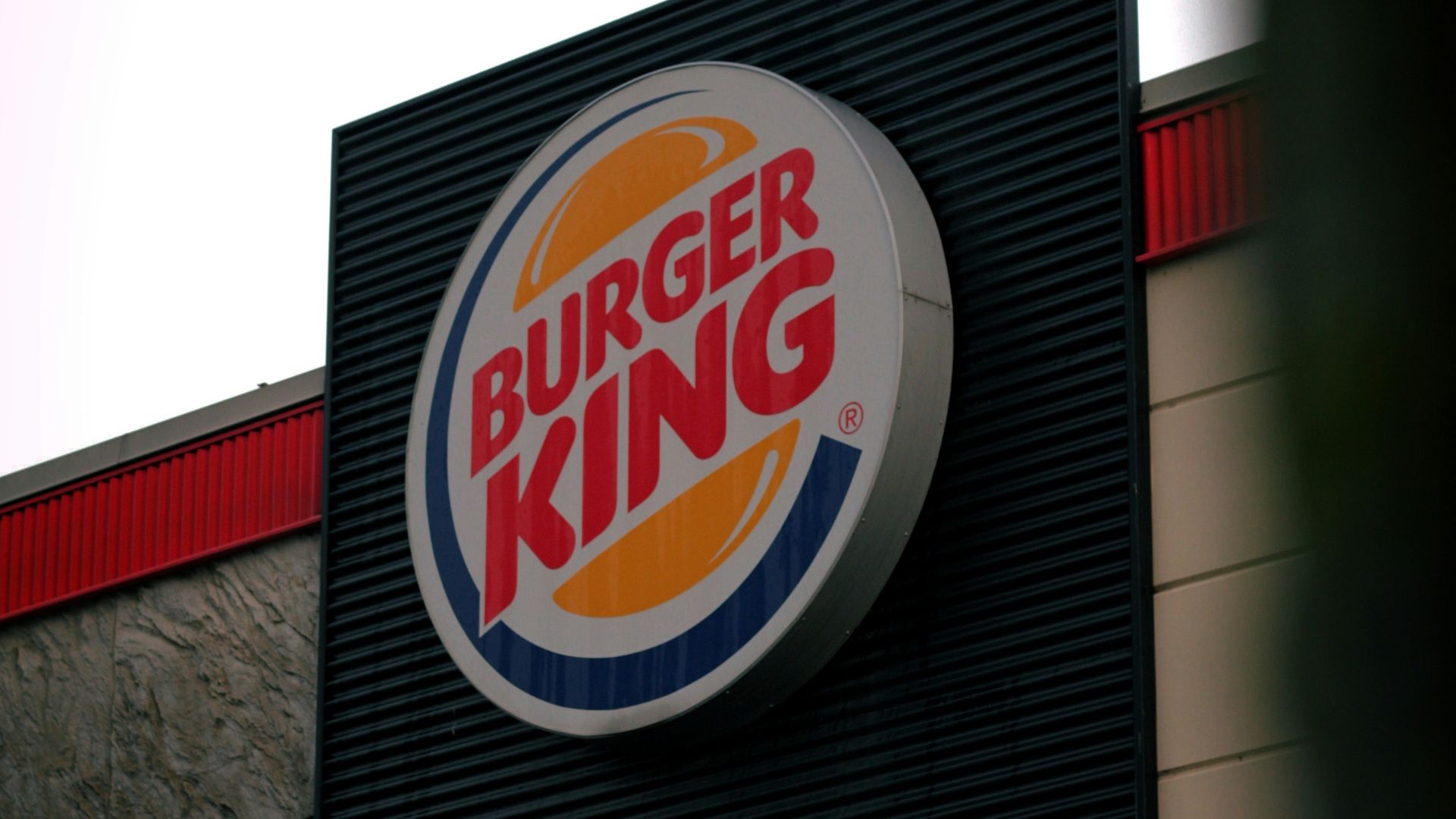
A new study conducted by the analytics firm Placer.ai has revealed how this minimum wage law has surprisingly affected overall customer traffic at many popular fast-food joints.
According to this new data, decreased foot traffic was seen at various chains after California’s new minimum wage law fully went into effect.
Fewer Customers Are Going to Fast Food Eateries
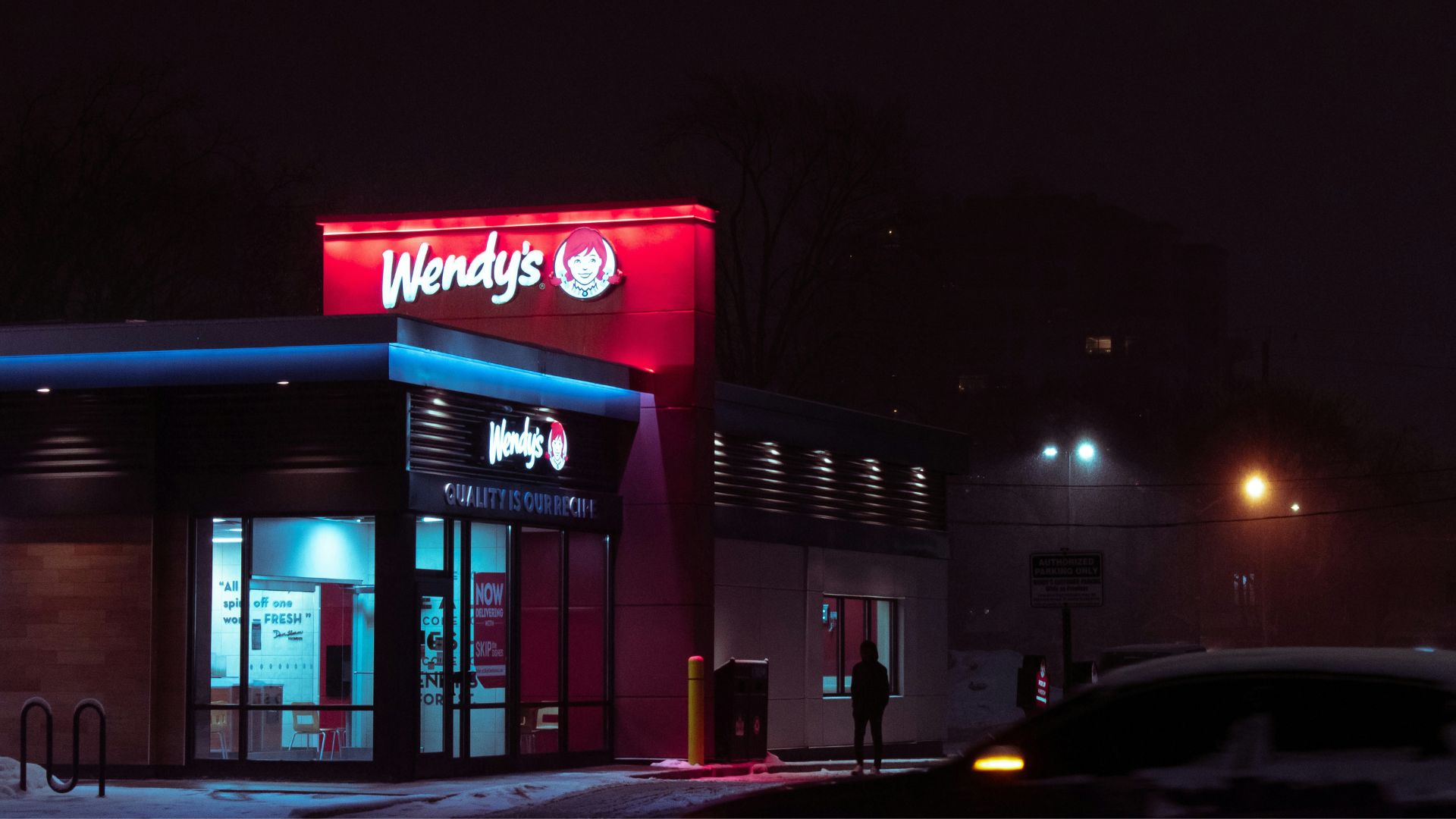
As a result of this data, it appears that fewer customers are going to fast food eateries since April.
Foot traffic at McDonald’s fell by about 2.5%, while Wendy’s saw 3.24% less traffic. Meanwhile, Burger King had a notable 3.86% fall in overall customer foot traffic.
Higher Prices Bring Fewer Customers
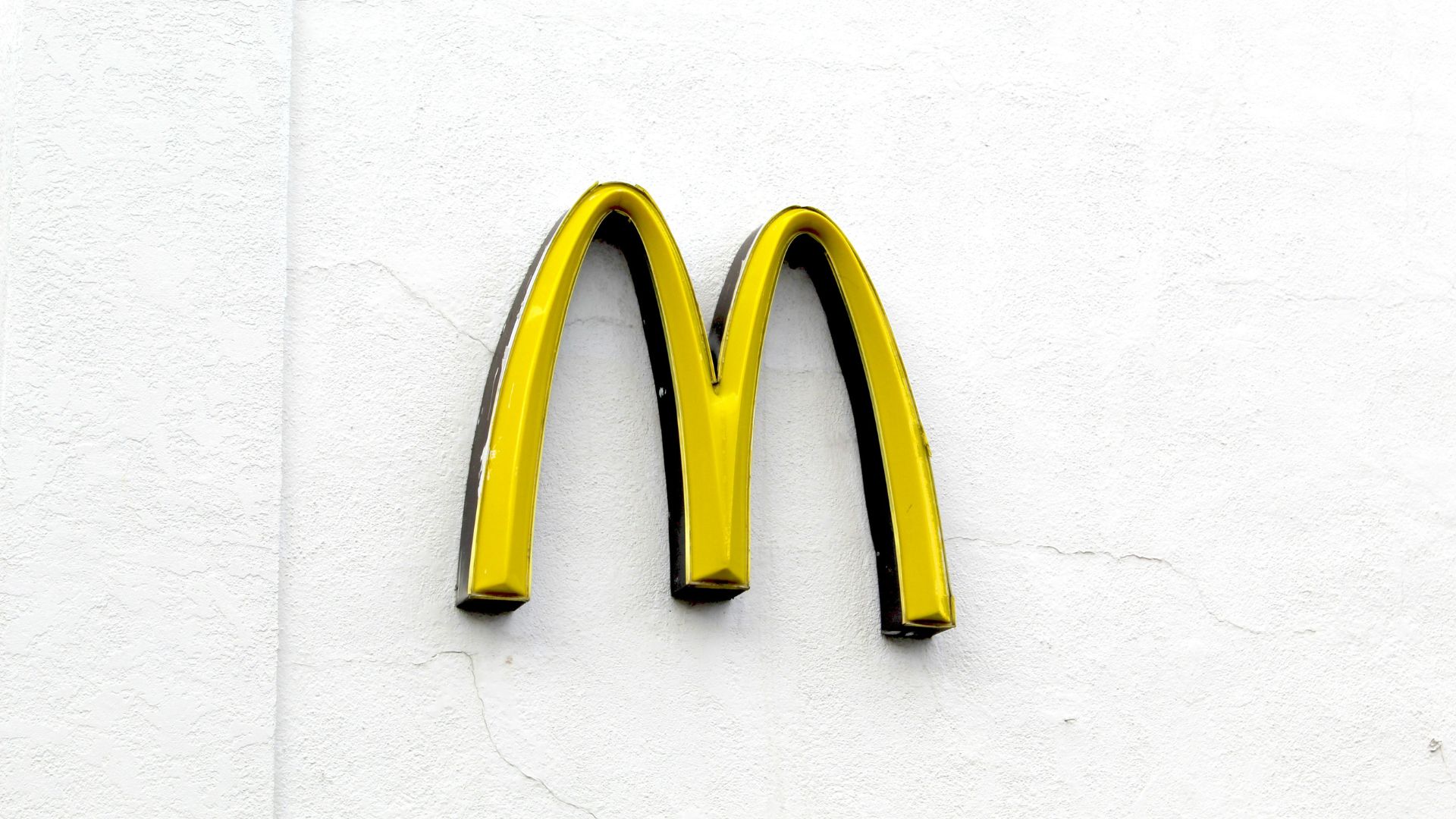
More than likely, the higher menu prices now seen at various fast-food restaurants around California have contributed to this drop in foot traffic.
Regular Americans have openly criticized how expensive fast food has become in the past few years alone. California residents are paying even more money for a combo meal at their favorite fast food eatery than others around the country. Now, however, it appears they may only pay so much for these meals.
Hiking Prices Around California

Even before this law went into effect, data revealed that many fast-food chains were already raising their prices in anticipation of the minimum wage increase.
According to a report conducted by Kalinowski Equity Research, Taco Bell, Starbucks, Wendy’s, and Chipotle hiked their menu prices up by as much as 8%.
Americans Deal With Price Fatigue

This data seems to confirm that fewer Californians are going to eat out at fast food chains, likely thanks to these price increases seen because of the state’s new minimum wage law.
However, this report also comes during a time when many analysts have claimed that Americans throughout the country are dealing with what they call “price fatigue”.
High Inflation Concerns
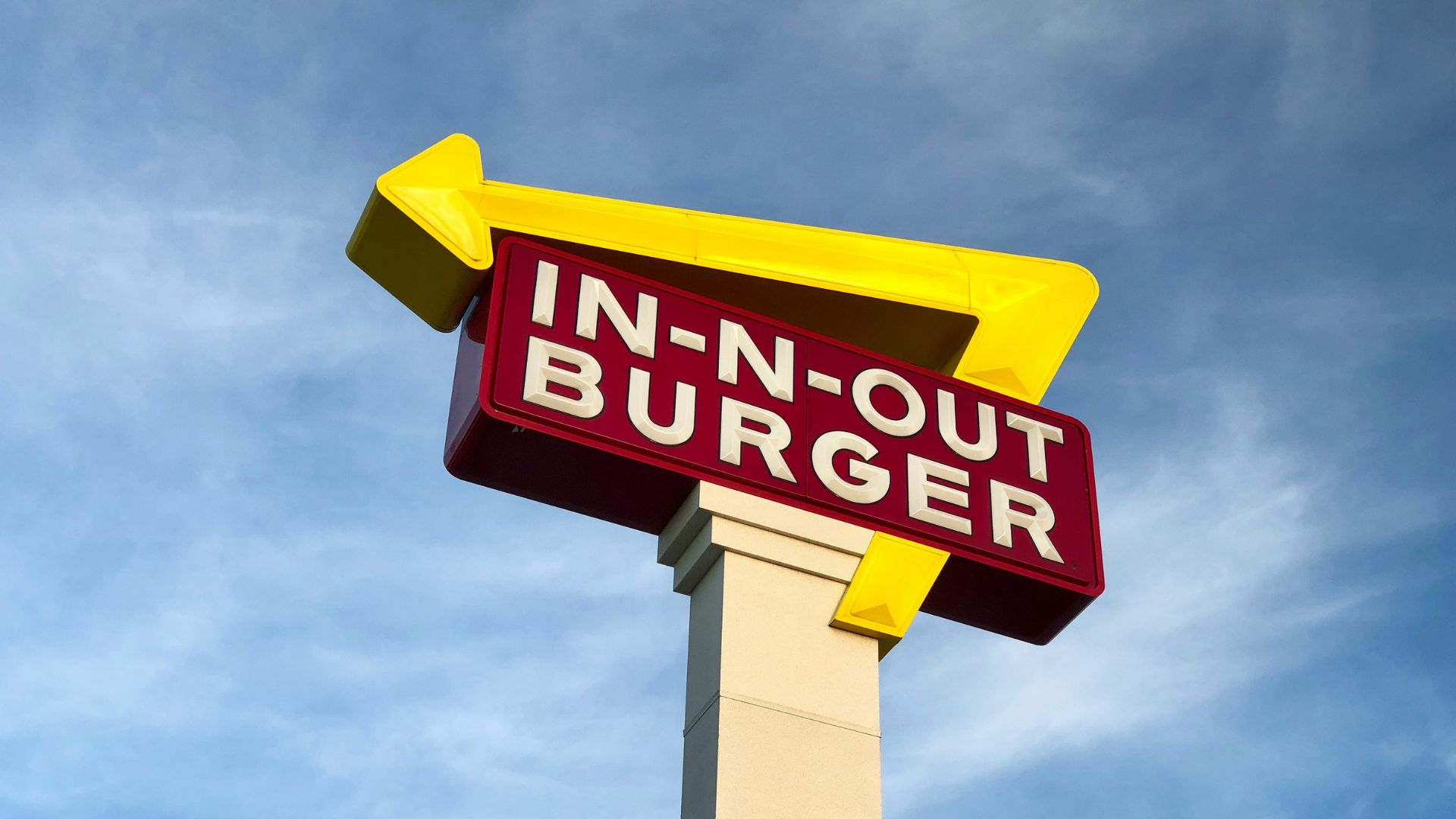
Consumers in the United States have had to deal with paying more money for goods and services, thanks to ongoing high inflation in the past few years.
For a while, the American consumer looked resilient. Now, things have changed. Consumers are less willing to keep paying high prices — especially when paying for something that used to be affordable, such as a fast food meal.
Fast Food Is Now Expensive
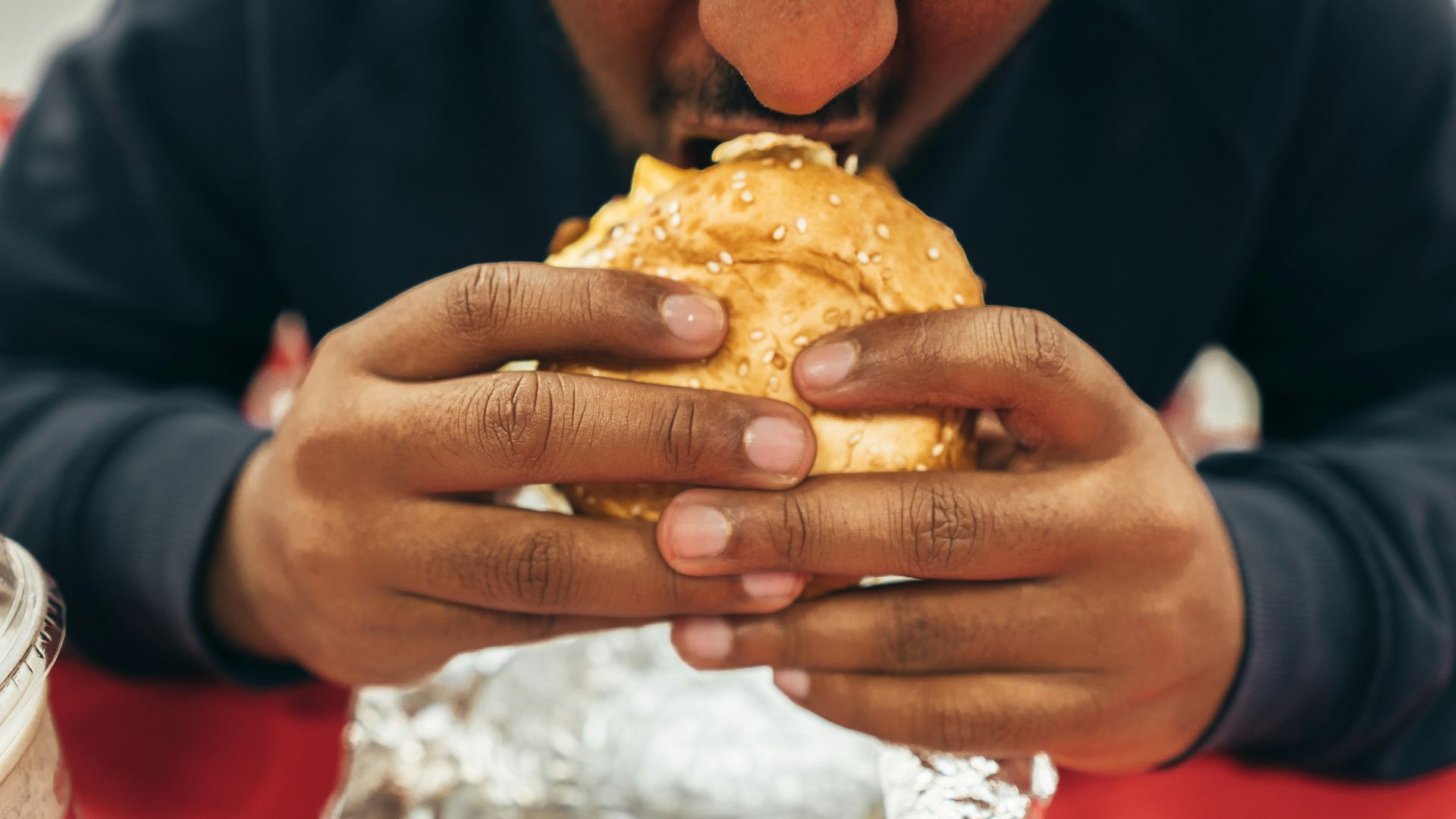
Therefore, it’s not just California consumers who have decided to pull back on visiting fast-food chains. Around the country, this trend has been seen more and more by analysts.
A recent survey by LendingTree even found that 78% of American consumers feel that fast food is now a luxury. It’s too expensive for them. So, they’re no longer eating out at these places.
Fast Food Chains Try to Bring Back Customers
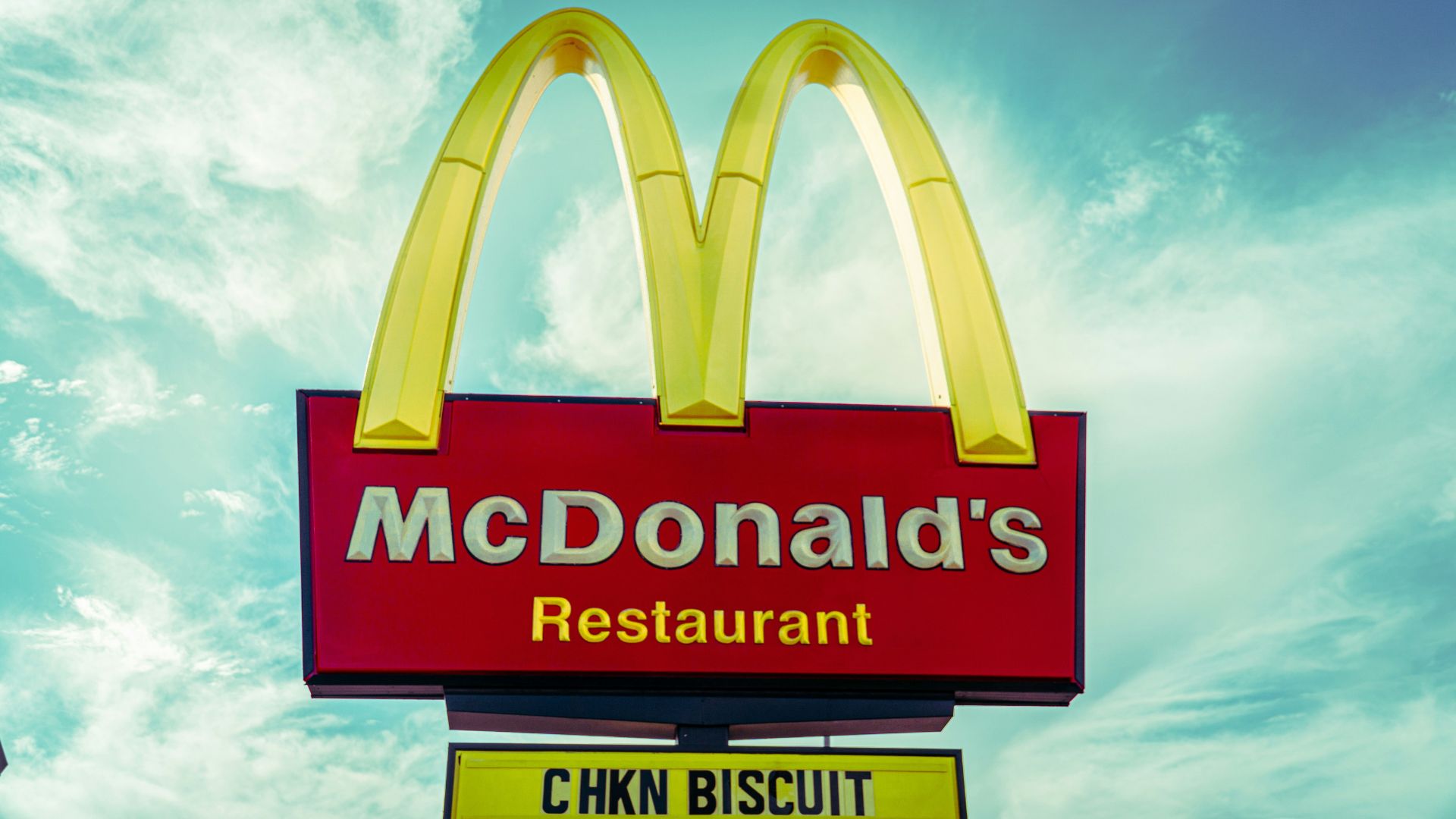
Concern over a decrease in foot traffic around the country has resulted in many fast-food chains trying to bring customers back into their restaurants. For example, McDonald’s has recently announced an affordable, limited-time $5 meal.
However, it remains to be seen if these new deals and promotions will help bring Californians back into fast-food locations.
